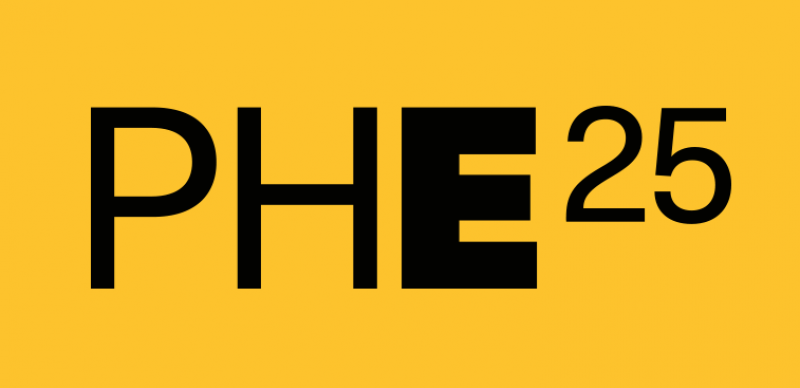Descripción de la Exposición
eye to eye: an elementary poem
What has died
is dead. From loving
comes life. Who says what, how
where or when?
How is love; nothing?
Or all?
Water? Fire? Good?
Evil? Life? Death?
For me the exhibition space in the Casa Museu da Fundação Medeiros e Almeida is a place for double representation. What is exhibited in its halls was once the object of a daily life that through a careful and saturated museological staging presents a life of success. The works of art bought and collected by Medeiros e Almeida, for his own prestige and personal enjoyment, are then made into an art collection, thus perpetuating this success in the future This collection, made up of objects, furniture artefacts and artworks of a remarkable quality (which goes beyond the legitimate status granted to it by the society of its time) show a sense for the care taken over detail, craft pieces of minute care and surroundings of luxury. The wall clocks, the porcelain vases, the silverware, the screens and desks that are still objects which possess some status, as well as the paintings and sculptures by masters from different periods show an eclectic view, made real in the decision to acquire, revealing a spirit for collecting that was aware of the need to broaden and complete his different collection.
This house was a dwelling, hands stroked tables and chairs, bodies touched and books were opened. The presentation of a once-lived space, later turned into an exhibition space, has led me to create a series of works in an autonomous discourse. Their placement in this space confronts the possible paths and the rooms in which they are. The visitor’s wandering vacillates between the impertinence of the intruding objects and the stability of those thus consecrated as such. In a process of interfering communion with the stability of the museological demonstrating there is this intimately dependent dialogue of our gaze.
And it is this dialogue that led me to think of Grünewald. The painting produced by Matthias Grünewald (1470-1528) is extremely expressive and dramatic, paradoxically theatrical and on occasion static. He uses colour in a broad palette, exploring strong contrasts or tones, as expressive as they are in the drawing. In the scenes he depicts I find pieces of a puzzle in which the characters represent a staging through gestures and sight. From the inside of his painting appear meanderings that do not directly touch the spectator but which inevitably place him as an element in the image. As we try to understand why certain gazes do not meet our own we are allowed to penetrate the inside of the painting. In this confrontation with the other’s gaze we try to see if it comes to ours. But it is the askance or dissimulated gazes that progressively lead to “eye to eye”. The supposition that the painter portrays himself in his work (opinions are divided, as little is known about his life) may lead us to another state, to that of contact with the painter within his own painting. I recall the book “After Nature” by W.G. Sebald, in which in the first poem of the trilogy he deals with the life and work of Grünewald.
The face of the unknown Grünewald emerges again and again
Long before that time pain had entered into the pictures.
the degrading of life goes on
slowly, and between the glance
and his holding of the brush
The immersion in the space of what is represented, whatever are the techniques and supports used, takes place in the intimate relationship between the person who sees, inside and outside of the painting.
Going from the painting to the space where it exists is the next move. The exhibition space is the product of the crossing of gazes and feelings of the imagined parallel universe that is discovered in a painting. It is a giant pictorial space, full of details into which there penetrates an unknown “path to the world that no one took except the man who vanished without a trace.”
Pedro Calapez, 2018
Quotes from “After Nature” by W.G.Sebald
Text translation by David Alan Prescott

Exposición. 30 abr de 2025 - 14 sep de 2025 / Varios espacios de Madrid y otras ciudades españolas / Madrid, España

Formación. 08 may de 2025 - 17 may de 2025 / Museo Nacional Centro de Arte Reina Sofía (MNCARS) / Madrid, España